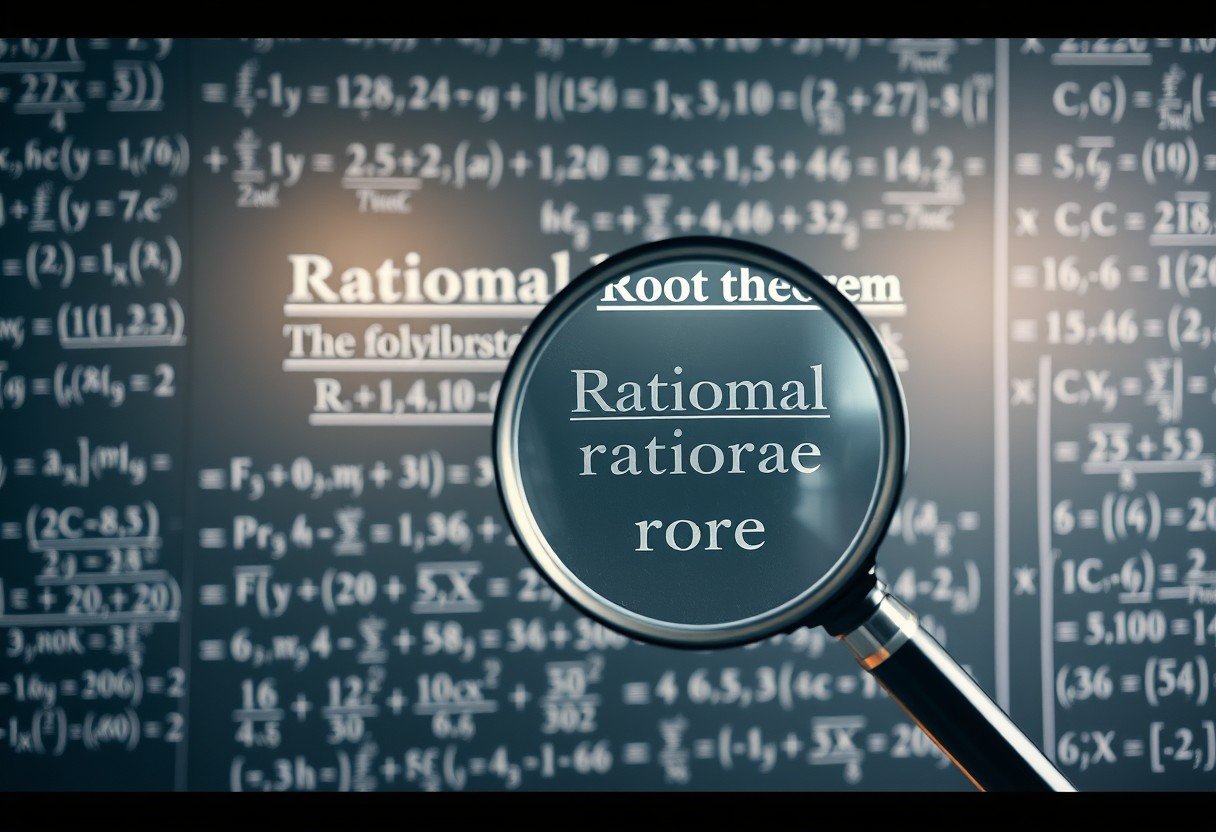Have you ever wondered what happens to the magnetic field inside a simple loop of wire? The answer isn’t always the same. Whether the magnetic field is getting stronger, weaker, or staying constant depends entirely on the electric current and its surroundings. Understanding this dynamic relationship is a cornerstone of electromagnetism, explaining how devices from electric motors to medical MRI machines function. This concept is simpler than it sounds and reveals the invisible forces at play in our technology.
What Creates a Magnetic Field in a Loop?
A magnetic field is an invisible area of force created by moving electric charges. When an electric current flows through a wire, it generates a magnetic field around that wire.
If you shape that wire into a loop, the magnetic field lines become concentrated inside the loop, creating a stronger and more focused field. This is the basic principle behind electromagnets.
The source of this phenomenon is the movement of electrons. Every moving charge, no matter how small, produces its own tiny magnetic field. In a wire with current, billions of electrons move together, and their individual magnetic fields combine to create one larger, measurable field.
How does Current Affect the Magnetic Field’s Strength?
The most direct factor influencing the magnetic field inside a loop is the electric current. The relationship is straightforward: a stronger current creates a stronger magnetic field, and a weaker current creates a weaker field. If the current is stable, the magnetic field is also stable.
This direct proportionality is described by fundamental principles like Ampère’s Law. It means that if you double the current flowing through the loop, you effectively double the strength of the magnetic field it produces.
This controllable relationship is what makes electromagnets so useful in technology. We can turn them on, turn them off, or adjust their strength with precision simply by controlling the electric current.
| Current Status | Magnetic Field Behavior | Example |
|---|---|---|
| Increasing | Strength Increases | Turning up the power on a solenoid. |
| Decreasing | Strength Decreases | Dimming a circuit connected to a coil. |
| Constant / Steady | Strength is Steady | A device running on a stable power supply. |
Factors that Influence the Magnetic Field Besides Current
While current is the primary driver, other factors can change the magnetic field’s strength and shape inside a loop. These elements are crucial for designing and optimizing electrical components.
The physical design of the loop itself plays a huge role. A loop with more turns of wire will produce a much stronger magnetic field than a single loop with the same current. This is why electromagnets are made of coils with hundreds or thousands of turns.
Several key factors can alter the field:
- Number of Turns: More turns in the coil concentrate the magnetic field, increasing its strength significantly.
- Loop Geometry: The shape and size of the loop affect the field’s uniformity. A tightly wound circular coil produces a more uniform field than a loosely wound rectangular one.
- Nearby Materials: Placing a piece of iron or another ferromagnetic material inside the loop can dramatically increase the magnetic field strength. This material is called a core.
The orientation of the loop relative to any external magnetic fields also matters. If an external field aligns with the loop’s field, the total strength increases. If it opposes it, the strength decreases.
When does the Magnetic Field Strength Increase?
The magnetic field strength inside a loop increases under two main conditions: when the current flowing through it is increased or when it is moved into a stronger external magnetic field.
An increasing current directly leads to an intensifying magnetic field. For example, if you use a variable power supply to slowly ramp up the voltage across a coil, the current will rise, and a gaussmeter placed inside the coil would show the magnetic field strength climbing in direct response.
Similarly, if you move a conductive loop closer to a powerful permanent magnet, the magnetic flux through the loop increases. This change in external field strength enhances the overall magnetic field experienced within the loop’s area.
What Makes the Magnetic Field Strength Decrease?
Conversely, the magnetic field strength inside a loop will decrease if the current is reduced or if the loop is moved away from an external magnetic source.
If you have a circuit with a coil and you add more resistance or lower the voltage, the current will drop. As the current diminishes, the magnetic field generated by the loop weakens proportionally. If you cut the power completely, the magnetic field collapses to zero.
The same effect occurs with distance. Imagine a loop near an electromagnet. If you physically move the loop farther away from the electromagnet, it will be exposed to a weaker part of the external field, and the magnetic flux inside the loop will decrease.
Understanding a Steady Magnetic Field
A steady magnetic field is one that does not change in strength or direction over time. This stability is achieved when the conditions creating the field remain constant.
The most critical factor for a steady magnetic field is a constant, direct current (DC). As long as the current flowing through the loop is unwavering and no external magnetic influences are changing, the field it produces will remain perfectly stable.
This predictability is essential for many technologies. MRI machines, for instance, rely on extremely powerful and stable magnetic fields to produce clear images of the human body. Electric motors also depend on predictable interactions between steady and rotating magnetic fields to operate smoothly and efficiently. Maintaining this steadiness requires stable power sources and shielding from outside magnetic interference.
How to Measure Changes in a Magnetic Field
To determine if a magnetic field is increasing, decreasing, or steady, scientists and engineers use specialized instruments. You cannot see a magnetic field, so measurement is key to understanding its behavior.
The most common tool is a gaussmeter or magnetometer, often using a Hall effect sensor. This sensor is a small probe that, when placed in a magnetic field, produces a voltage directly proportional to the field’s strength. By monitoring this voltage over time with a device like an oscilloscope, you can see exactly how the field is behaving.
Another method involves Faraday’s Law of Induction. A changing magnetic field will induce a voltage (EMF) in a nearby coil of wire, known as a search coil. If you measure a voltage in the search coil, you know the magnetic field is changing. A constant voltage implies a steadily changing field, while zero voltage implies the field is steady.
Frequently Asked Questions about Magnetic Fields in a Loop
What is the main reason a magnetic field in a loop changes?
The primary reason is a change in the electric current flowing through the loop. An increasing current strengthens the field, a decreasing current weakens it, and a constant current keeps it steady.
Can a magnetic field exist in a loop without any current?
A loop of wire by itself does not have a magnetic field. However, it can experience a magnetic field if it is placed near an external source, like a permanent magnet or another electromagnet.
Does the shape of the loop matter for the magnetic field?
Yes, the geometry of the loop is very important. A circular loop creates a more uniform field, and a coil with many turns will generate a much stronger field than a single loop carrying the same current.
How is a steady magnetic field useful in technology?
Steady magnetic fields are crucial for devices requiring precision and reliability. They are used in medical imaging (MRI), data storage (hard drives), and electric motors to ensure consistent and predictable performance.
What happens if I move a magnet near the loop?
Moving a magnet near a conductive loop will cause the magnetic field passing through the loop to change. According to Faraday’s Law, this change will induce an electric current in the loop, a principle that is fundamental to electric generators.








Leave a Comment